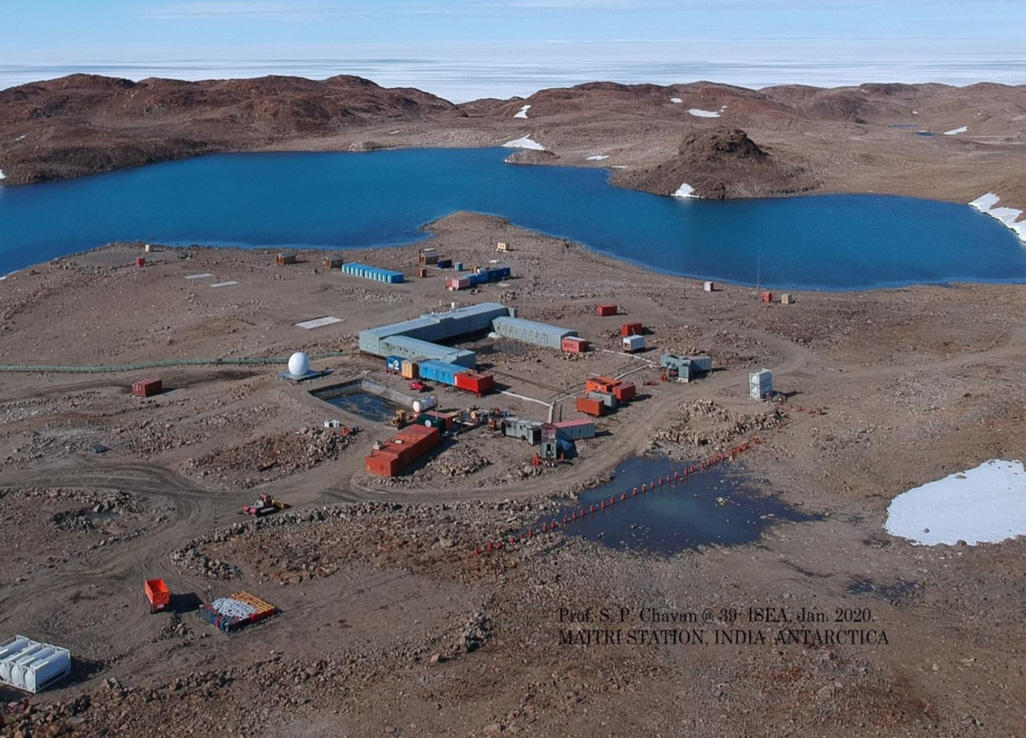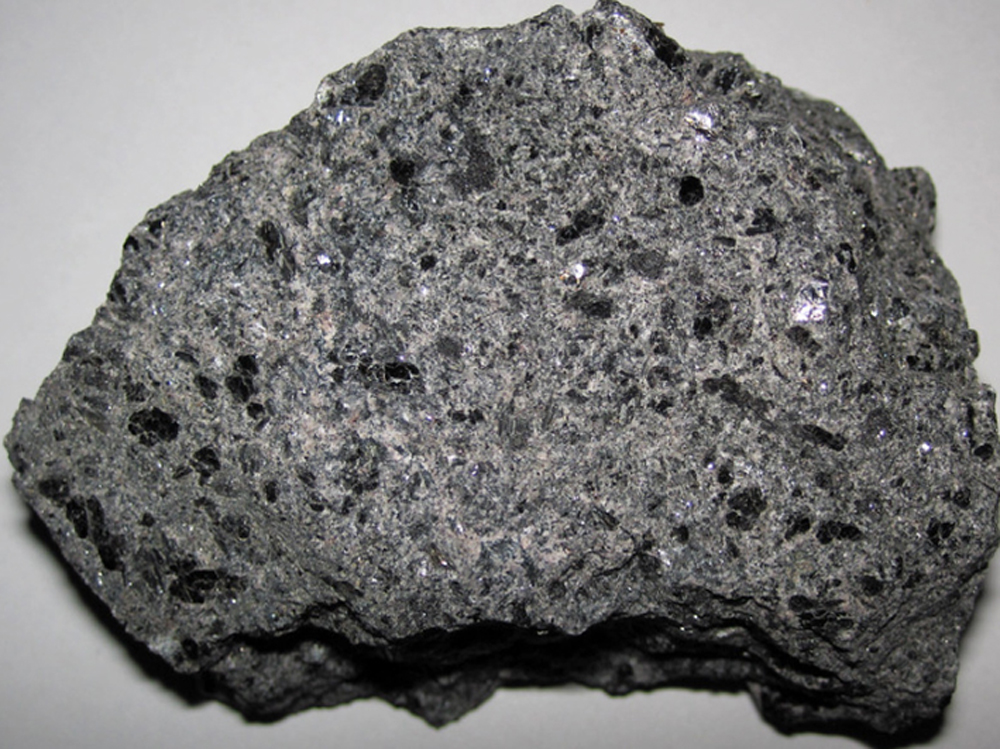Sustainable Land Management



India is set to embark on a new chapter in its Polar exploration journey with the construction of Maitri II. The Indian government plans to establish a new research station near the existing Maitri ba...
.png )
The Deep Ocean Mission (DOM), approved by the Government of India in 2021 under the Ministry of Earth Sciences (MoES), represents a strategic step in realizing Sustainable Development Goal 14 (SDG 14:...

China recently announced restrictions on the export of seven rare earth elements (REEs), soon after US President Donald Trump decided to impose tariffs. As the world's dominant supplier—responsible fo...
India accounts for about 2.4 per cent of the world’s geographical area but supports about 17 per cent of the world’s human population and more than 15 per cent of its livestock.
In developing countries like India, land degradation has been hastened in recent times due to burgeoning population and the amplified exploitation of natural resources. Land degradation undermines liv...
Heavy metal pollution has led researchers to look for its containment in various ways. Of the several chemical and physical technologies available, phytoremediation, the use of plants to remediate env...
India accounts for about 2.4 per cent of the world’s geographical area but supports about 17 per cent of the world’s human population and more than 15 per cent of its livestock.

In developing countries like India, land degradation has been hastened in recent times due to burgeoning population and the amplified exploitation of natural resources. Land degradation undermines livelihood opportunities - triggers poverty, migration and food insecurity.

Heavy metal pollution has led researchers to look for its containment in various ways. Of the several chemical and physical technologies available, phytoremediation, the use of plants to remediate environmental media, is being pursued as a new approach to low cost cleanup of contaminated soil.
